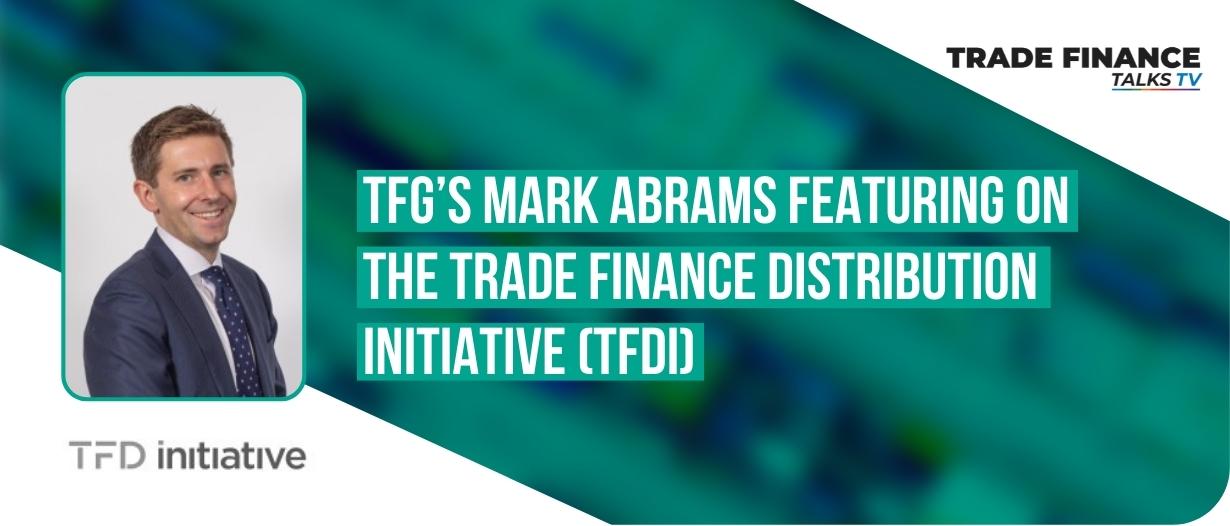The Trade Finance Distribution Initiative (TFDi) recently heard from Trade Finance Global’s (TFG) MD, Global Head of Trade & Receivables Finance, Mark Abrams.
TFG joined the TFDi as a non-bank originator in February this year.
The TFDi is a many-to-many ecosystem that aims to bring more liquidity from capital markets and institutional investors into trade finance as an asset class, connecting originators, brokers, banks, and financial institutions in a multilateral way.
In the interview, Abrams and host Doris Kononowicz discuss a range of topics in the trade finance world.
One such topic is just how broad and multi-faceted trade finance really is.
“Many people use the word trade finance and think it’s just one homogeneous term,” Abrams said.
“but it actually encompasses more than around 20 different structure buckets ranging from borrowing-based facilities to back-to-back letters of credit.”
Spread these legal structures out over the wide-ranging array of products that comprise global trade and it quickly becomes evident just how wide-reaching that single term can be in practice.
In addition to this, the complexity of the industry can be reflected in the number and variety of stakeholders within a single financial institution that need to be involved.
Many corporates seeking trade finance may have a strong relationship with their bank, but they may not have a relationship with the right desk at that bank in order to properly finance the deal at hand.
This is where TFG comes in.
As a leading B2B fintech in trade finance, TFG’s origination platform connects companies seeking trade and receivables finance with over 300 financial institutions. Find out more here.

The role of technology and fintech companies in trade finance
In a digital-first and data-driven world, clients are increasingly expecting greater transparency, speed, and clarity.
“There are many fintechs in the space that are focusing on different areas of the value chain, from loan distribution to origination,” Abrams said.
“Moving forward, I think a lot of those technologies and companies are going to come together to help tackle that lack of clarity and inject more liquidity into the system.”
The increased amount of liquidity and faster processing times will help to further elevate trade finance processes and workflow.
In turn, these mechanisms will help to close the $1.7 trillion trade finance gap that has been hovering over the industry for some time now.
For Abrams, the most important point in the coming months and years will be for all of these technologies and fintech companies to truly come together in a collaborative environment that can break down silos and really improve efficiency throughout the entire value chain.
Mark Abram’s full interview with TFDi can be found here.
























